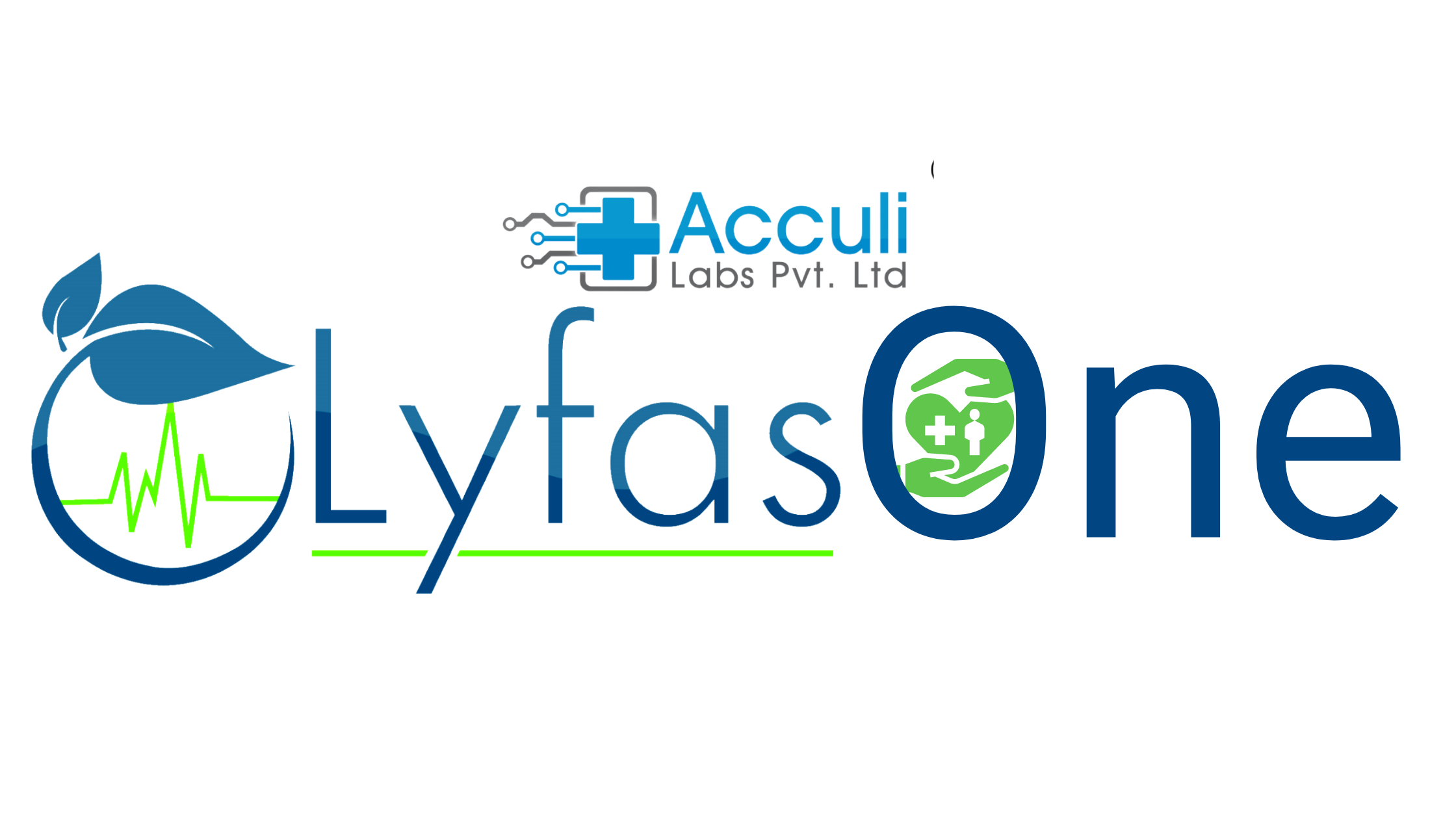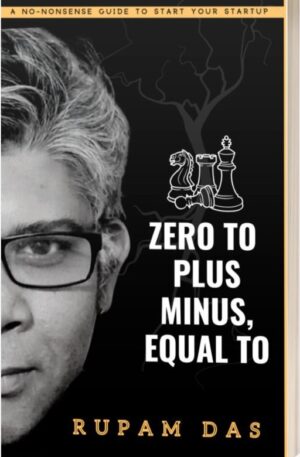Table of Contents
Statistics about Indian Medical Device Startups
| Startup | Age | Total Funding | EBITDA change | Annual Revenue |
|---|---|---|---|---|
| SigTouple | 6 | $40.8 Million | -45.1% | Under $100k |
| Niramayi Health | 6 | $ 6.1 Million | -14.5% | $300K(Estd.) |
| Practo | 14 | $ 228.2 Million | 64.02 % | $7M |
| Tricog(Singapore) | 8 | $15 Million | -201.73 % | $725k |
| Dozee | 7 | $1.5 Million | – | $280k |
| Cardiac Design Labs | 11 | $1.02 Million | -9.3% | $108k |
| Portea | 9 | $76.1 Million | -92.37 % | Under $100k |
Practo has raised $225 Million since 2008 in its 14 years of journey. Recently it raised a debt of $ 7 million. Practo is considered to be a milestone company in Indian healthcare startups. When the icon raises a debt of $7 Million after 14 years of its inception, then there is something wrong in the industry that is not being told. Isn’t it?
The Pitchdeck Starts with a Common Line
- India has got 1.8 Million registered doctors, blah blah.
- We can help doctors increase their revenue.
- We can help doctors save time.
- We can get doctors more patients.
- We can help doctors with early diagnosis.
- We can help doctors monitor their patients after surgery.
Reality
1. Almost 40% of the doctors are board aspirants. Irrespective of their own skills, they want to be on your board because “having popular doctors on board is needed for your business.” They will bring credibility to you, and you will get a $500B seed fund the moment they join.
Fine!
2. 20% are struggling to survive. They visit doctors in small clinics or shared clinics. They are all too worried about feeding their family and have no time for anything new due to EGO.
3. 10% are professors and are PI to some projects, including startups.
4. 5% envision their startups in wellness, AI, POC, and insurance domains.
5. 20% run their own clinics and teach in colleges. Their revenue is OPD based, and they have no time other than writing prescriptions. Some include surgeons. (so they ask for Only FDA devices 🙂
6. 2% are affiliated with some corporates and insurance and are a no-go zone.
7. 2% Are Angel investors.
8. 0.5% are ready to take risks with new tech.
Divide the remaining among specializations; your total market size is 1000 doctors and 1 lakh(1,00,000) patients. With a kick-ass team, you can cover 500sq Km max. So your service addressable market size is 70 doctors.
Other Untold Factors about the Healthcare industry
- Doctors do their housing and internships in most government hospitals and remote villages, where they have to see at times about 500 OPD patients a day. The training revolves around quick assessment and medicine, not diagnosis and therapeutic superiority.
- Most mandatory rural service hospitals lag even the basic amenities; therefore, there is less high-end device and technology access.
- Medical education is costly and may go up to $1M, which takes ten years. After that, you are very much under pressure to generate revenue.
- The salary of a top general surgeon in India is ₹24.7 Lakhs per year (₹2.1L per month), which is about $300k annually. With 16 hours of duty and two monthly leaves, there is no way they have time to think anything extra.
- Of 587 Medical colleges in India, 525 have not presented a single paper in 10 years. This means more than 80% of the passed-out doctors are not research-trained.
Most important of all is that healthcare is a human-dominated industry, and you can never replace humans with technology, and thus can never achieve an exponential scale.
The average OPD consultancy fee in India is ₹460 per patient($5/patient), less the burger cost.
Just because a startup brings a new technology doesn’t necessarily mean that patients will pay anything extra. It is an assumption that they would, but they don’t. At an average of 5 minutes per patient, a doctor can see only 12 patients per hour, and in 10 hours, one can see only 120 patients. Therefore, after 10 hours of rigorous work, a doctor in India can only make $665/day.
However, even this amount is more than most healthcare startups earn daily (not revenue). So, when a doctor can earn more than most startups in a day without using their services, then how likely can the startups make doctors earn more than they do(in a sector where technology can not replace humans?)
That is just how the market is, but what about the cost of creating a medical device and approaching the market in the first place?
Typical Cost and Timeline of Producing a Medical Device and Approach Market
| Task | Time(months) | Cost |
|---|---|---|
| Initial design and Circuit | 3 | $100 |
| PCB Design and 10 pcs | 3 | $300-$500 |
| 3D printing Design | 1 | $100 |
| 10 PC casing 3D print | 1 | $70*10=$700 |
| Finding the first five doctors who are even ready to test the device | 3 | (intangible on Sales VP Salary) $500 x 3= $1500 |
| Cloud, Mobile, and IoT Software Development | 6 | (Tech team salary) $300 x 2 member x 6 months =$3600 |
| Level 1 Clinical Trial 100 patients | 3 | $8000 |
| CE Certification | 3 | $8000 |
| Contract Manufacturing(100 pcs) | 6 | $120 x100=$12,000 |
| Selling 100 devices | 12 | Sales team Cost $500 x 2 member x 12months =$12,000 |
| Total(Minimum timeline) | 41 mons(3.5 years) | $46,500 or ₹38 Lakh |
Typical Cost of a Platform Medical Business(example, doctor-patient connect)
| Task | Timeline (months) | Cost |
|---|---|---|
| Web and Mobile Software Development of Pilot | 6 | 2 developers x $400 pm x 6 months =$4,800 |
| User onboarding(100) [eg: say 100 doctors and 1000 patients] | 3 | $250 per doctor x 100 + $25 per patient x1000 = $27,500 |
| Cloud Cost Annual | $400 | |
| Developer team Annual Cost (Scaling Team) | $1000 x 3 x12=$36,000 | |
| Sales Team Annual Cost | $1000 x 3 x12=$36,000 | |
| CRM Team Annual Cost | $500 x 2 x12=$12,000 | |
| 10 doctor-1000 patients 2000 transaction sales price | $5 per consultancy x 10% commision= ¢50 (₹ 40) x 2000 =₹ 80,000($1000) sales revenue | |
| Total | 21 Months | $116,000 (₹94 L) Expanse for ₹ 80,000 Revenue!!! |
And if you think that your costs will be recovered once the business is established, it won’t happen. That is simply because bringing even visitors to your site would require you to continue to spend the same money on advertisements. Because healthcare is a human business, you can no way eliminate the CRM and sales team.
Why Healthcare Business by Design Must be a Loss-making Business
Irrespective of the type of business you think of in healthcare (a monitoring platform, IoT wearable, diagnostic business, nursing), every business will eventually show you similar numbers. This is the prime reason why hospitals are running massive losses across the globe, and in 2020, in Bangalore alone, 58 hospitals were closed(out of 380, which is 15% closure). That is specifically why healthcare and education are government-run services in most countries.
Because a profitable healthcare sector means a lot of citizens are ill, which simply means negative growth to the economy;
One of the core reasons why many gurus want you to have population control is because healthcare can only make money if the population is aging. If, for 20 years, a country’s population over the age of 60 becomes more than 60% of the population, 60% of the GDP would have to be diverted to healthcare.
Considering India is a trillion-dollar economy, in 20 years, healthcare can have a cash flow of $12 trillion as and when our population reaches that number. So, healthcare is like a real estate business now, which is maintaining the infrastructure with hope for the future of the aged population.
The NIFTY healthcare index market cap of 20 top companies is 1007603 cr, or 100 Billion Rupees, or $8000 Billion. Even if, at the current rate of population aging, India reaches 60% aging population in 50 years, after 50 years, the healthcare market cap would be $12 Trillion.
The Self-Proclaimed Mentor and Expert Problem
The total number of healthcare employees in India is about 5.6 million, and doctors in India are about 1.2 million. So, there are about 5.3 caretakers per patient. The average IPD(hospitalization cost) per patient is about ₹ 93,305. Let us assume that a patient gets hospitalized twice a year and spends about ₹2 Lakh or $2400 per year. Even at a minimum monthly salary of ₹50,000 or ($650 pm), 5.3 people’s annual salary will be 5.3 x $650 x 12=$41,340
The average income per patient in Indian Healthcare is $2400, whereas the average manpower cost itself for one patient is $41,340, which is about 20x more, or a 2000% loss.
As you so far realized that building a healthcare business is really hard. It takes more than passion, enthusiasm, energy, money, smartness, and skills. What is easy, though, is preaching and talking. In India, everyone would appears as an expert in healthcare and bombard you with silly questions like what about AI? They will promise to connect to investors, help you to go to market, and scale your product. The reality is as bellow though
- India has 279 self-proclaimed mentors/preachers/expert losers for one doer(founder).
- 70% of the self-proclaimed experts have never built a business(forget building a healthcare company).
- Almost 80% of the self-proclaimed experts are in salary, and about 50% of them are in government salary(through various educational institutions).
- Even at a lower rate of 5.3 “experts”/startups in public money salary, India spends about ₹2.5 Crore on useless, worthless, brainless, and incapable losers per ₹50 L funding to the startups.
- Considering a mere ₹5 Cr($750 k) overall funding to the top 100 startups, India spends ₹25 crores on morons.
- When you can get ₹25 crores by being a worthless moron, what is the need to do anything? Be a moron, not a founder, and enjoy free perks.
Conclusion
If you are in healthcare services and IT, you can make inroads. If you want to compete in already bleeding wellness, you can compete. But if you are a medical device company, it will take real work to make inroads into this market.
You have to be extraordinarily courageous and smart to break this puzzle.
If you want to play this game, you must be smarter than a celebrity photo taker and minister-appreciated solution.
You have to know the art of war blueprinting, psychological warfare, social and economic psychology, genetic and evolutionary psychology, and get to know the system in and out.
It will be like five of you combined against the US and Indian armies. You will die by hunger, more than bullets. Don’t enter the jungle if you are weak-hearted and not a skilled general. All your business and tech skills will go for a toss.
Or Get the eBook Zero to Plus Minus Equal to
And minimize your failure chances to zero. Leverage our tools, techniques, ecosystem, daily podcasts, clinical trials, and sales channels.
Additional Resources
[ivory-search id=”11066″ title=”Search for Free Self-Assessment Tests_Ajax”]
👨🏻🔬🔬
Please donate towards research, development, and creating life’s wisdom and knowledgebase for the future of the humanity.



